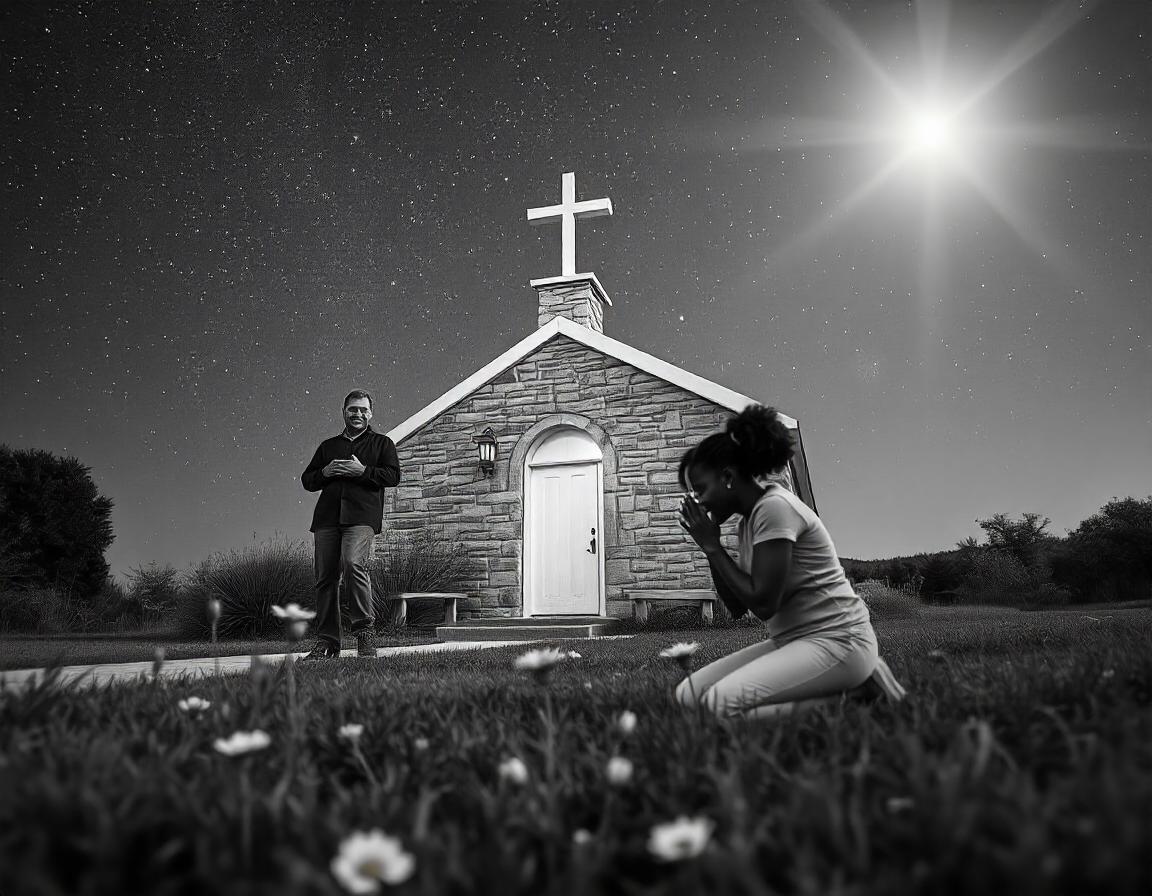Denebola Christianity: Exploring the Connection Between Faith and Astronomy
Introduction to Denebola and Christianity
Denebola, a prominent star in the constellation Leo, holds both scientific and cultural significance across various fields, from astronomy to religion. For centuries, humanity has sought to understand the stars, often intertwining them with religious beliefs. In this article, we delve into the intriguing concept of Denebola Christianity, examining how this star has captured the imagination of Christians throughout history and its symbolic significance within Christian theology.
Denebola is the second-brightest star in the constellation Leo, which is often associated with the lion of Judah, a biblical symbol linked to Jesus Christ. This celestial connection creates a fascinating intersection between astronomy and Christianity. To better understand this unique connection, we must first explore both Denebola and the core tenets of Christianity before looking at how these two realms might intersect.
What is Denebola?
Astronomical Significance of Denebola
Denebola is located approximately 36 light-years from Earth and is part of the Leo constellation, which is one of the most recognizable constellations in the night sky. The name “Denebola” comes from the Arabic word “Dhanab al-Asad,” which translates to “tail of the lion.” It refers to its position in the tail of the lion, symbolized by the constellation Leo. Denebola is a white main-sequence star, meaning it is in a stable phase of its life cycle, much like our Sun.
With an apparent magnitude of 2.14, Denebola is visible to the naked eye and is often used as a navigational reference in the sky. As a star in the zodiac sign of Leo, Denebola is particularly significant in astrology, where it is thought to impart certain influences on personality traits and events based on its placement. However, in the context of Denebola Christianity, we focus on its symbolic and theological implications rather than its astrological significance.
The Role of Stars in Christianity
In the Bible, stars and the heavens are often seen as representations of divine creation. In the opening chapter of Genesis, God creates the stars as part of the cosmos and places them to “give light upon the earth” (Genesis 1:17). Stars are seen as a testament to God’s creativity, order, and power, serving as signs for human guidance.
Many Christian interpretations of the night sky view constellations as symbolic representations of biblical truths. While individual stars, like Denebola, might not be directly mentioned in the Bible, the broader themes of celestial bodies and their relation to divine will are important in understanding Christianity’s connection with astronomy.
Denebola and the Lion of Judah
Symbolism of the Lion in Christianity
The constellation Leo, where Denebola is located, has profound Christian symbolism due to its association with the Lion of Judah. In Christian theology, the Lion of Judah is a title used to describe Jesus Christ, particularly in the Book of Revelation. Revelation 5:5 states, “The Lion of the tribe of Judah, the Root of David, has triumphed. He is able to open the scroll and its seven seals.”
This powerful imagery conveys strength, kingship, and victory over death. The lion is often depicted as a representation of Christ’s majesty and authority, and its symbolism is rooted in both the Old and New Testaments. For Christians, the lion signifies the sovereignty of Jesus as the King of Kings and Lord of Lords.
Given that Denebola resides in the tail of the lion constellation, it is tempting to interpret this star’s position as connected to the Lion of Judah—a connection that adds depth to its significance within Christian thought. Some see this as a celestial marker of Christ’s victory and kingship, reflecting the spiritual truth that the universe itself points to Christ’s reign.
Theological Reflections on Denebola Christianity
In Denebola Christianity, believers might see the star Denebola as a symbolic reminder of Christ’s kingship, His ultimate triumph, and the hope that Christians place in His return. The stars, through their alignment and order, can be seen as a divine testimony to God’s greater plan for humanity, with Denebola serving as a celestial reminder of Christ’s eternal rule over both the heavens and the earth.
The idea that God uses the heavens to communicate with humanity is a theme found throughout the Bible, particularly in Psalms 19:1, which states, “The heavens declare the glory of God; the skies proclaim the work of his hands.” Stars, including Denebola, may serve as a reminder of God’s eternal glory and His divine order, even amidst the chaos of human existence.
Christianity and the Star of Bethlehem
Connection to the Star of Bethlehem
Christian tradition teaches that a special star appeared at the birth of Jesus Christ, guiding the Wise Men (or Magi) to the location of the newborn King. This star, commonly referred to as the Star of Bethlehem, is central to many Christmas traditions. Some scholars and theologians speculate that this star could have been a planetary conjunction, a nova, or even a comet.
While there is no evidence to suggest that Denebola specifically was the Star of Bethlehem, the connection between stars and divine guidance in Christianity can still be significant. Denebola’s visibility and prominence in the night sky may evoke a sense of celestial awe and draw attention to the idea that the heavens play an active role in God’s revelation to humanity.
Denebola as a Guide to Christ’s Kingship
Denebola’s association with the Leo constellation, symbolizing the Lion of Judah, reinforces the notion of Christ’s kingship and the cosmic significance of His life and ministry. The star might not have been the literal guiding star for the Magi, but its symbolic presence in the constellation Leo helps Christians reflect on the divine order and plan behind the events of Christ’s birth, life, death, and resurrection.
Through this lens, Denebola Christianity is a way of contemplating Christ’s eternal reign, where the cosmos itself reflects the divine message of salvation. In many ways, it underscores the belief that all of creation, including the stars, points toward Christ as the source of all life, light, and hope.
Spiritual and Symbolic Meaning of Denebola Christianity
Denebola as a Symbol of Hope and Restoration
For Christians, the idea of Denebola serving as a reminder of the Lion of Judah can be interpreted as a symbol of hope and restoration. Just as the lion is a symbol of strength, victory, and leadership, Denebola represents the Christian belief that Christ will one day return in glory to restore all things.
This cosmic perspective invites believers to look to the stars not only as physical phenomena but also as spiritual signs that point to God’s greater plan for the world. In Denebola Christianity, the stars become metaphors for spiritual truths, offering hope and encouragement in the face of earthly challenges.
A Reflection of Divine Order
The consistent movement of stars like Denebola also serves as a reminder of the divine order that governs the universe. In Christian theology, God is often portrayed as a God of order and structure, creating the heavens and the earth with purpose and intentionality. For Christians who look to the stars for inspiration, Denebola Christianity offers an opportunity to reflect on how the celestial bodies themselves are a reflection of God’s perfect design.
Conclusion: Denebola’s Role in Christianity
While Denebola may not be explicitly mentioned in Christian scriptures, its placement in the constellation Leo offers a powerful symbol of Christ’s kingship, victory, and divine authority. Christians who explore Denebola Christianity can find inspiration in the idea that the cosmos points to Christ as the King of Kings and the Lord of Lords.
Through its connection to the Lion of Judah, Denebola becomes a reminder of Christ’s eternal reign, inviting believers to look beyond the earthly realm and into the heavenly kingdom. As a celestial guide, Denebola encourages Christians to place their hope in Christ’s return and the ultimate restoration of all creation. Whether viewed as a literal star or as a spiritual symbol, Denebola serves as a beacon of divine truth in the vast expanse of the universe.









Leave a Reply